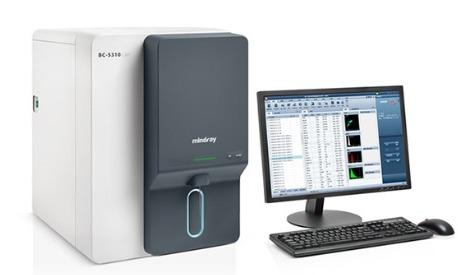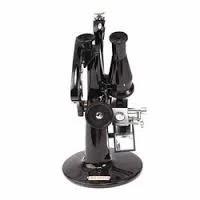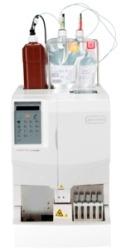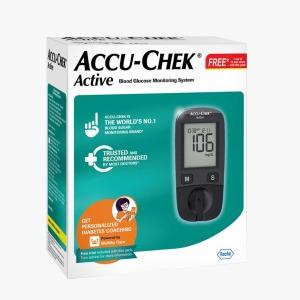Based on Mindray’s continuous innovation in hematology field, BC-5130 is especially tailored to assist diagnostic labs who need full CBC + 5-part results, with relatively low daily sample volume, restricted lab space and tight budget. As the lightest and most compact 5-part hematology analyzer so far from Mindray, BC-5130 is a highly user-friendly and innovative analyzer that offers cost efficient CBC and 5-part white cell differential results. It is targeted to fulfill and exceed the demands of our global customers by providing more accurate, more efficient and more innovative solutions for labs. Improved DC impedance technology is used to count and size the RBC and PLT. The smaller counting aperture (50 μm in diameter) provides better performance on samples with low PLT. Efficient Only three routine reagents are required. These have 2 years shelf life and also less consumed by BC-5130. Original QC and calibrator are also provided to ensure the hematology analyzer’s traceability and testing quality. WBC 5-Part differentiation,25 reportable parameters & 23 research parameters,3 histograms Whole blood Mode, Capillary whole blood mode & Prediluted Mode Tri-angle Laser Scatter + Chemical dye + Flow cytometry technology Dedicated optical counting channel for Basophil measurement 10.4 inch large TFT touch screen with user-friendly software Large storage capacity: Up to 1,50,000 samples Throughput:60 samples/Hour Compact Two kinds of lyse reagents are located inside of BC-5130, which helps the small labs to save space. BC-5130, the 5-part hematology analyzer offers a great solution for clinical labs, especially for those who have limited space. Its compact foot-print is a result of innovative technology improvements, including miniaturized semi-conductor laser source, highly integrated electronic boards and optimized liquid handling system. BC-5130 inherits it’s convenient and proven powerful software design from BC-6800 and BC-3600 platforms, the friendly interface is ideal for small sized labs. Running capillary blood through the sample probe directly is more convenient for the users in children’s hospitals, etc. For Prediluted mode, BC-5130 has higher dilution ratio than other 5-part hematology There’s NLR parameter in each CBC+DIFF result. Neutrophil-to-lymphocyte ratio (NLR) is calculated by dividing neutrophil count by lymphocyte count, usually from peripheral blood sample. In laboratory medicine, NLR is used as a marker of subclinical inflammation. According to clinical studies, NLR can be used as a prognostic factor of severe illness in COVID-19 patients. BC-5130 supports bi-directional LIS with test results and patient information. HL7 protocol is supported as well. Technology Compared with traditional helium neon laser or argon laser, semi -conductor laser has smaller size, lower cost and longer life cycle.
Send Message


